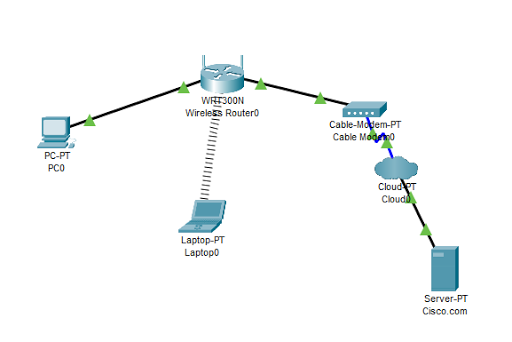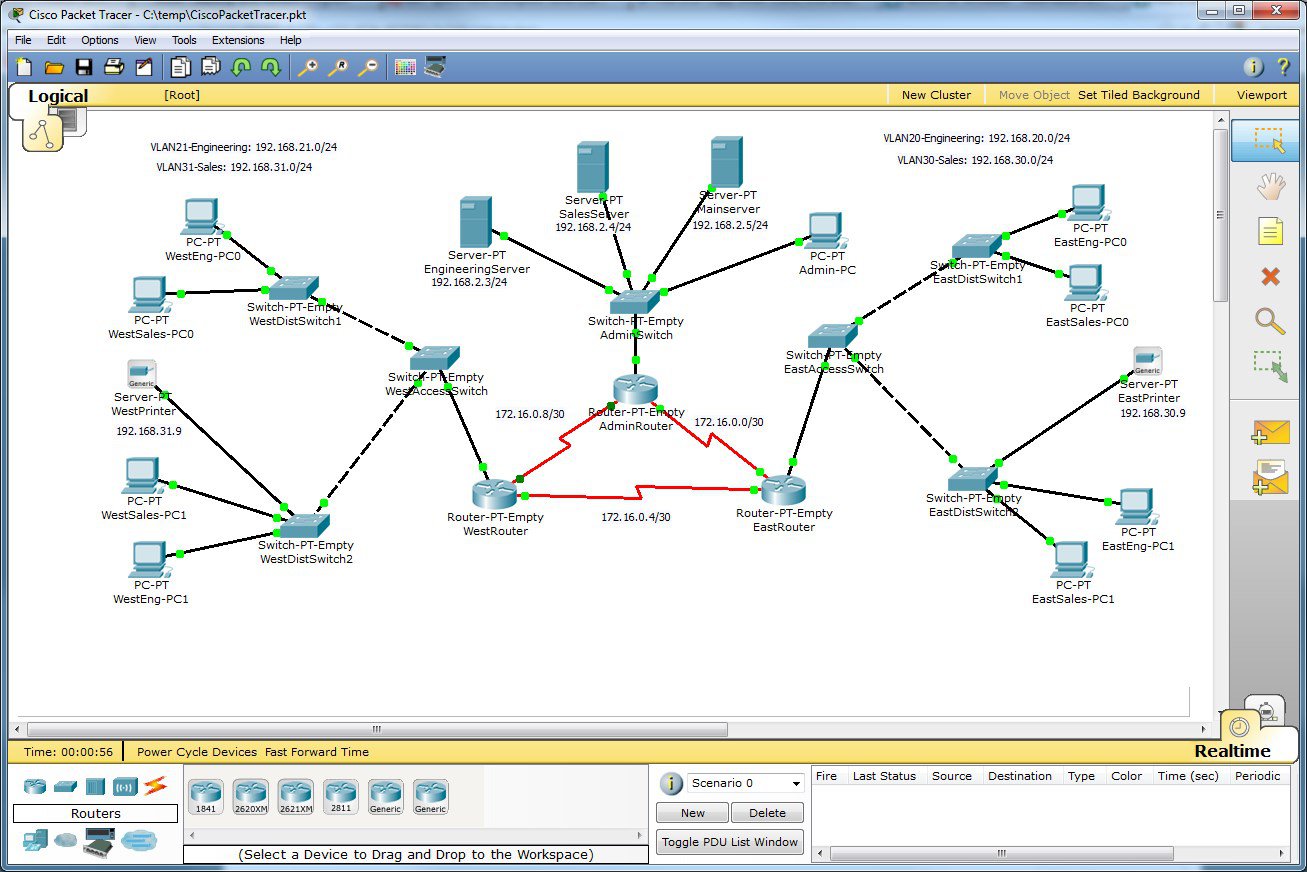


Leaf switches do not connect to other leaf switches. Devices can include servers, Layer 4-7 services (firewalls and load balancers), and WAN or Internet routers. Generally, devices connect to the leaf switches. Leaf (aggregation) switches are what provide devices access to the fabric (the network of spine and leaf switches) and are typically deployed at the top of the rack. Spine-leaf topologies provide high-bandwidth, low-latency, nonblocking server-to-server connectivity. Spine-leaf architecture is typically deployed as two layers: spines (such as an aggregation layer), and leaves (such as an access layer). Therefore the last usable host is 172.28.229.254.Ī spine switch and a leaf switch can be added with redundant connections between them.Ī spine switch can be added with at least 40 GB uplinks.Ī leaf switch can be added with connections to every spine switch.Ī leaf switch can be added with a single connection to a core spine switch. It is not necessary but if we want to find out the broadcast address of this subnet, we can find out the next network address, which is 172.28.(228 + the increment number).0 orġ72.28.230.0 then reduce 1 bit -> 172.28.229.255 is the broadcast address of our subnet. (because 228 is the multiply of 2 and equal to the 3rd octet) -> The network address is 172.28.228.0 -> The first usable host is 172.28.228.1. Let's take another example with subnet 172.28.228.144/23 -> The increment is 2 (as /23 = 1111 1110 in 3rd octet) -> The 3rd octet of the network address is 228 In this case we don't need to calculate the broadcast address because we found the correct answer.

So the first usable host should be 172.28.192.1 and it matches with the 5th answer on the right. We can find out the 3rd octet of the network address is 192 (because 192 = 64 * 3 and 192 The network address is 172.28.192.0. Therefore the network address of this subnet must be the greatest multiple of the increment but not greater than the value in the 3rd octet (228). Let's take an example with the subnet 172.28.228.144/18:įrom the /18 (= 1100 0000 in the 3rd octet), we find out the increment is 64. To quickly find out the subnet range, we have to find out the increment and the network address of each subnet. This subnet question requires us to grasp how to subnet very well. Drag and drop the IPv4 network subnets from the left onto the correct usable host ranges on the right.


 0 kommentar(er)
0 kommentar(er)
